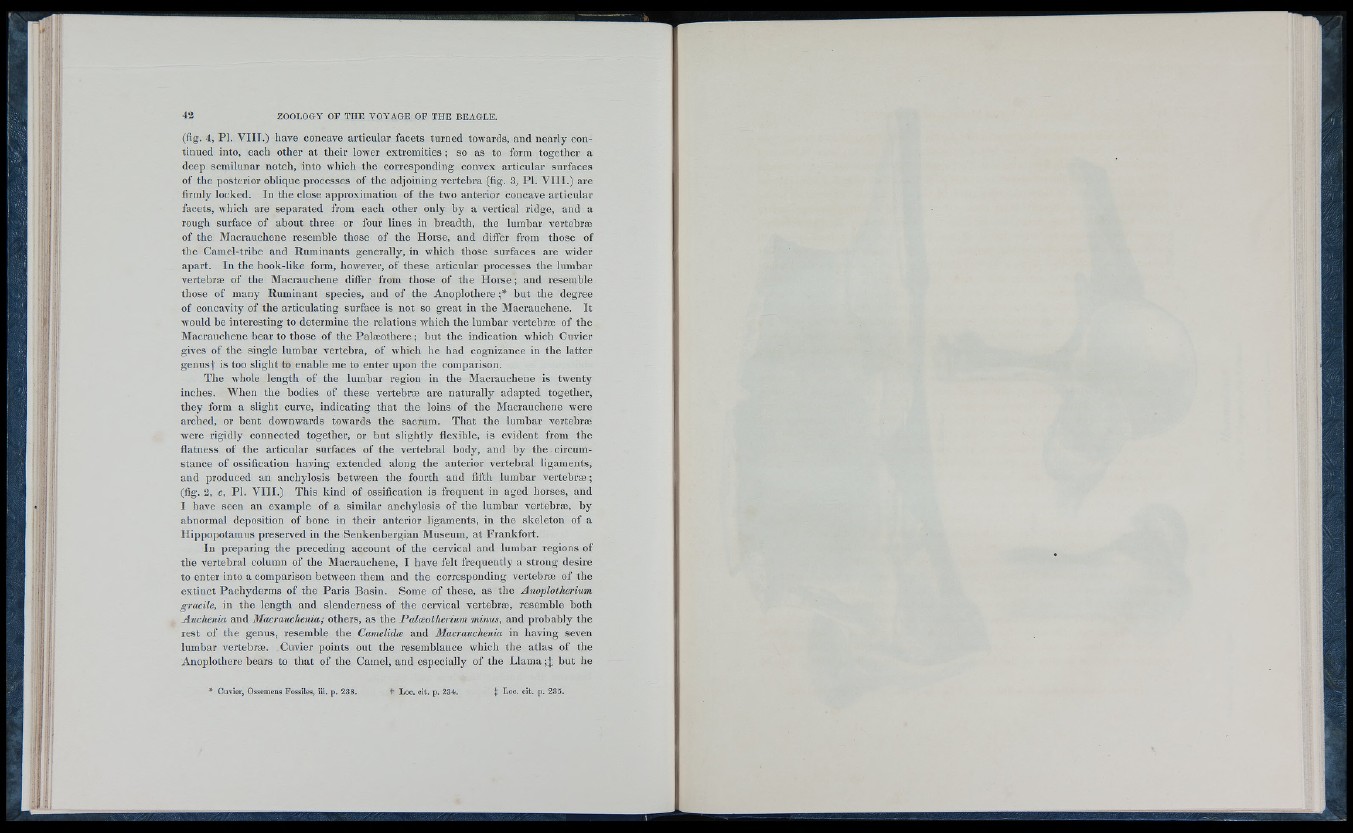
(fig. 4, PI. V II I .) have concave articular facets turned towards, and nearly continued
into, each other at their lower extremities ; so as to form together a
deep semilunar notch, into which the corresponding convex articular surfaces
o f the posterior oblique processes o f the adjoining vertebra (fig. 3, PL V I I I .) are
firmly locked. In the close approximation o f the two anterior concave articular
facets, which are separated from each other only by a vertical ridge, and a
rough surface o f about three or four lines in breadth, the lumbar vertebræ
o f the Macrauchene resemble those o f the Horse, and differ from tho se o f
the Camel-tribe and Ruminants generally, in which those surfaces are wider
apart. In the hook-like form, however, o f these articular processes the lumbar
vertebræ o f the Macrauchene differ from those o f the Horse ; and resemble
those o f many Ruminant spe cie s, and o f the Anoplothere ;* but the degree
o f concavity o f the articulating surface is not so great in the Macrauchene. It
would be interesting to determine the relations which the lumbar vertebræ o f the
Macrauchene bear to those o f the Palæothere ; but the indication which Cuvier
gives o f the single lumbar vertebra, o f which he had cognizance in the latter
g en iist is too slight to enable me to enter upon the comparison.
Th e whole length o f the lumbar region in the Macrauchene is twenty
inches. When the bodies o f these vertebræ are naturally adapted together,
they form a slight curve, indicating that the loins o f the Macrauchene were
arched, or bent downwards towards the sacrum. That the lumbar vertebræ
were rigidly connected together, or but sligh tly flexible, is evident from the
flatness o f the articular surfaces o f the vertebral body, and by the circumstance
o f ossification having extended along the anterior vertebral ligaments,
and produced an anchylosis between the fourth and fifth lumbar vertebræ ;
(fig. 2, c, PL V II I .) This kind o f ossification is frequent in aged horses, and
I have seen an example o f a similar anchylosis o f the lumbar vertebræ, by
abnormal deposition o f bone in their anterior ligaments, in the ske leton o f a
Hippopotamus preserved in the Senkenbergian Museum, at Frankfort.
In preparing the preceding account o f the cervical and lumbar regions o f
the vertebral column o f the Macrauchene, I have felt frequently a strong desire
to enter into a comparison between them and the corresponding vertebræ o f the
ex tinc t Pachyderms o f the Paris Ba sin. Some o f these, as the Anoplotherium
gracile, in the length and slenderness o f the cervical vertebræ, resemble both
Auchenia and Macrauchenia; others, as the Paloeotherium minus, and probably the
rest o f the genus, resemble the Camelidæ and Macrauchenia in having seven
lumbar vertebræ. Cuvier points out the resemblance which the atlas o f the
Anoplothere bears to that o f the Camel, and especially o f the Llama but he
* Cuvier, Ossemens Fossiles, iii. p. 238. + Loc. cit. p. 234. % Loc. cit. p. i